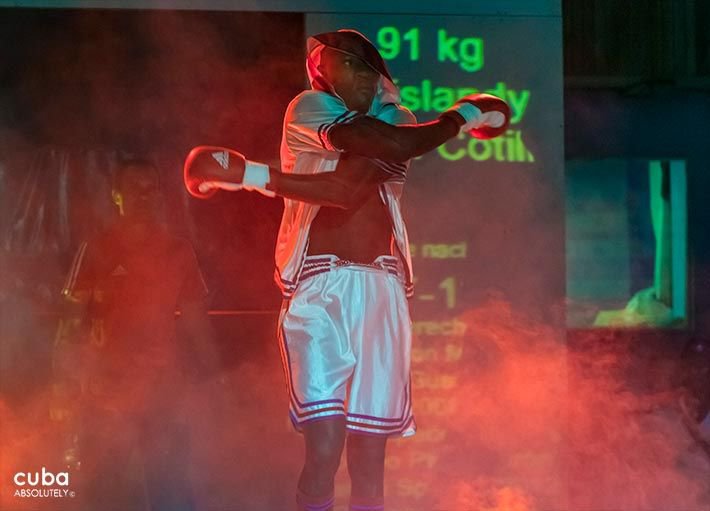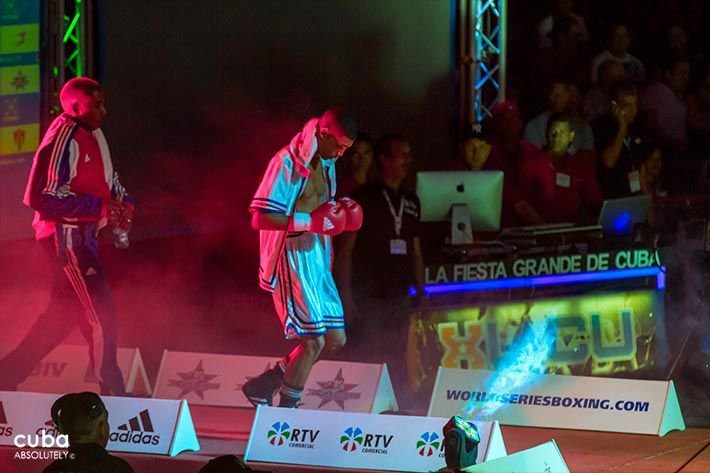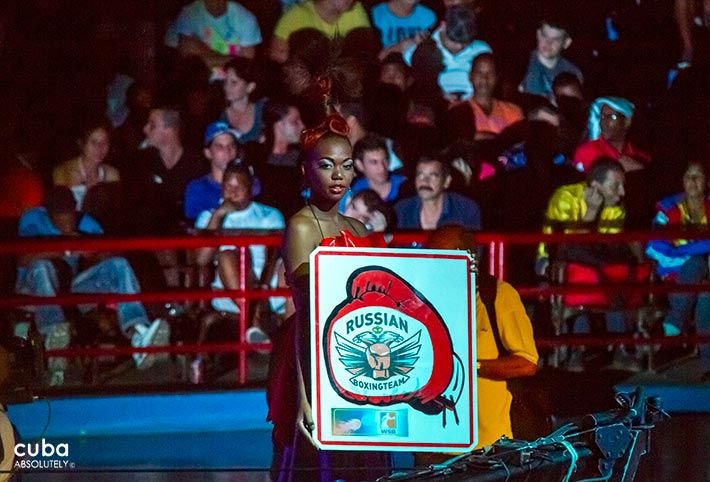The Sports City was conceived as a complex that included race tracks; swimming pools; fields for different sports, including football; a small baseball stadium, and a coliseum at the forefront, which is covered by a great reinforced concrete dome. It has a seating capacity of 15,000 people and one of its novelties was the exit system, allowing spectators to leave the place in five minutes. The construction of the originally called Sports Palace began in 1952 and opened in 1958. Since then, it has hosted many sports events, including boxing and volleyball world championships, as well as cultural events, such as performances by the Cuban National Ballet, the Soviet Circus and famous international and local musicians.

Banco de La Habana LH  2
2
This 1915 two-story building was made of reinforced concrete. Its façade was composed of elements of the Ionic order and stood out because of its semicircular portico and its beautiful wooden door, wh …
 EclecticAdmission: FreeCuba e/ Obispo y Obrapía, Habana Vieja
EclecticAdmission: FreeCuba e/ Obispo y Obrapía, Habana Vieja 
Parque de la Fraternidad LH  2
2
By 1790, this originally mangrove swampy area became Campo de Marte, a military practice range, which was expanded in 1793 thanks to a project by Belgian engineer Agustin Cramer. And after Bishop Espa …

Cárcel de la Habana LH  2
2
Up until 1834 there were no prisons in Havana. Back then, prisoners were crammed together in a small area on the Palacio de Gobierno’s basement. With this in mind, Lieutenant General Miguel Tacón, Gov …

Parque de los Mártires Universitarios LH  2
2
This cement park was built in 1967 to honor university students involved in Cuba’s independence struggles. The most notable element, located by the most important entrance, can be interpreted a fist, …

Casa del Científico (Casa de José Miguel Gómez) LH  2
2
The compact yet extravagant Beaux Arts building on the northwest corner of Prado and Trocadero was once the residence of Cuba’s second president, José Miguel Gómez, known as ‘El Tiburón’ (The Shark). …
 EclecticAdmission: FreePrado #212 esq. a Trocadero, Habana Vieja
EclecticAdmission: FreePrado #212 esq. a Trocadero, Habana Vieja 
Museo Farmacia Taquechel LH  2
2
This townhouse was adapted in 1898 into a pharmacy by Francisco Taquechel. Restored and reopened in 1996, it functions as pharmacy and museum. Its collection includes 19th-century French porcelain apo …

Edificio del Seguro Médico LH  2
2
This is one of the most significant exponents of the trends in architecture in Havana of its time. According to architect Pedro Martínez Inclán, “Quintana can boast about having given Havana…two build …
 Modern23 esquina a N
Modern23 esquina a N 
Parque Maceo LH  2
2
Dominating the Malecón to the west, at the foot of Belascoaín (Avenida Padre Varela), is the massive bronze monument to Antonio Maceo, on top of a marble base in a plaza with a fountain. The classical …

Aqvarivm LH  2
2
This modest aquarium has over 90 different species of freshwater fish and aquatic plants, displayed in small tanks. Tropical fish tanks are popular in many Cuban family homes and fish can be purchased …

Memorial a los Estudiantes de Medicina LH  2
2
Inaugurated in 1890, this memorial is a shrine to eight medical students who were executed by firing squad on November 27, 1871, after being falsely accused of desecrating the tomb of Spanish journali …




